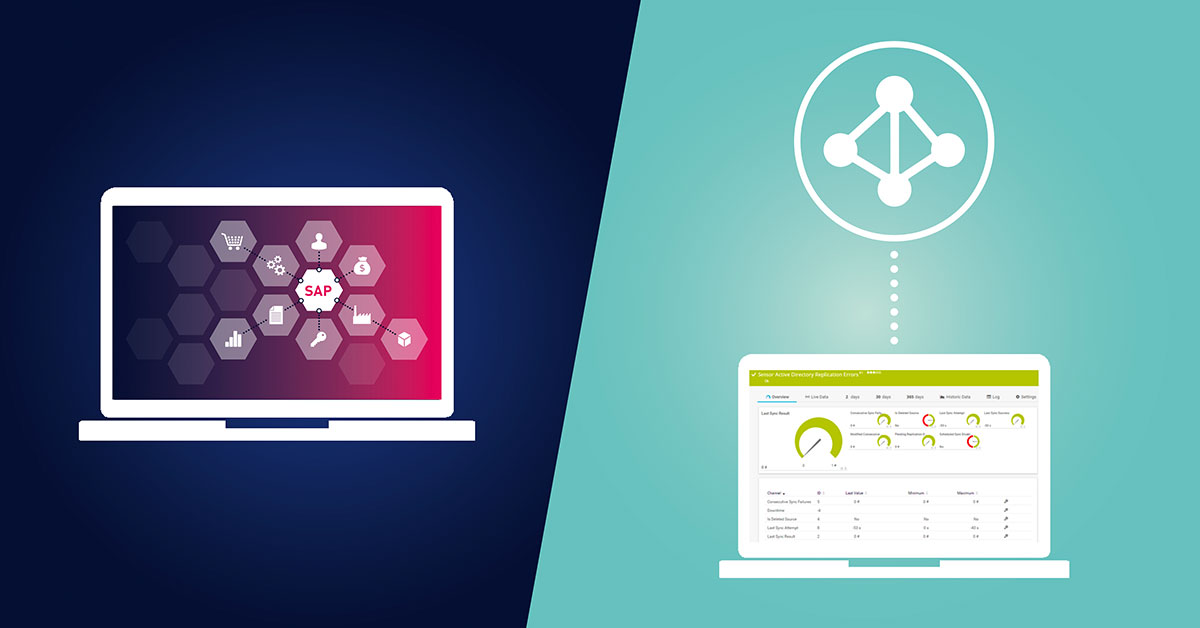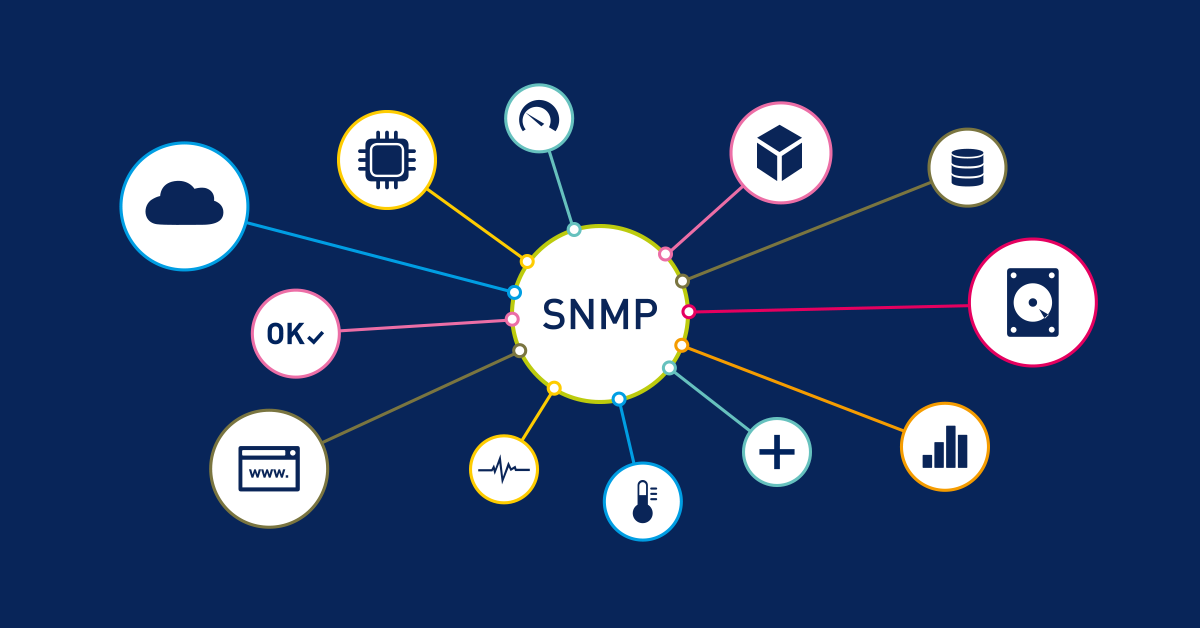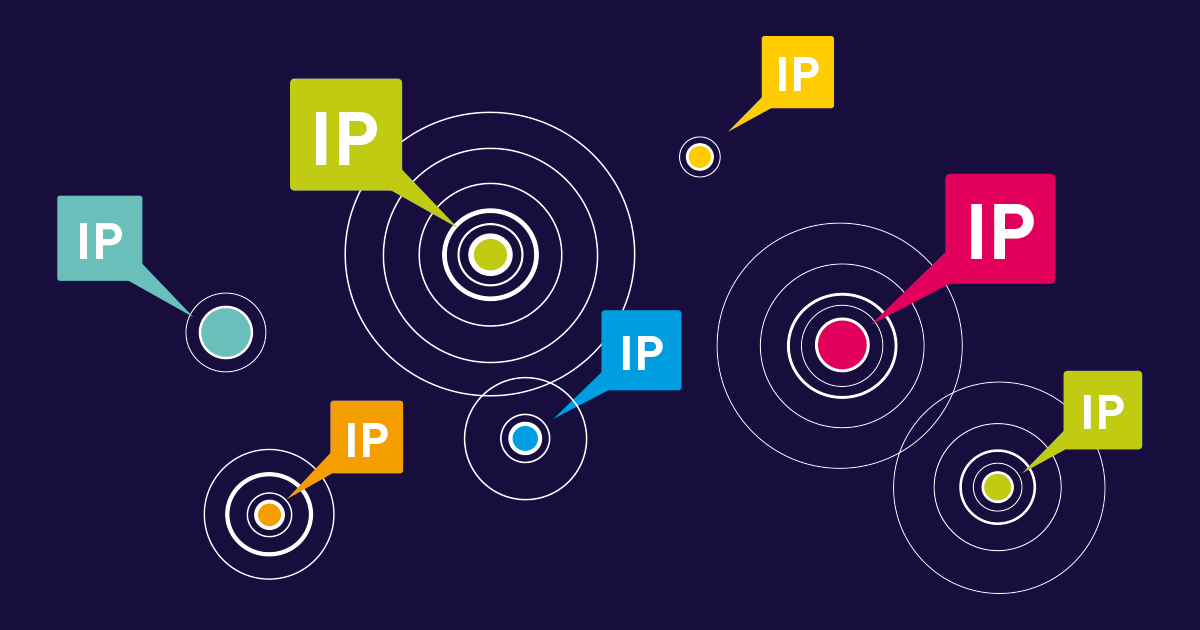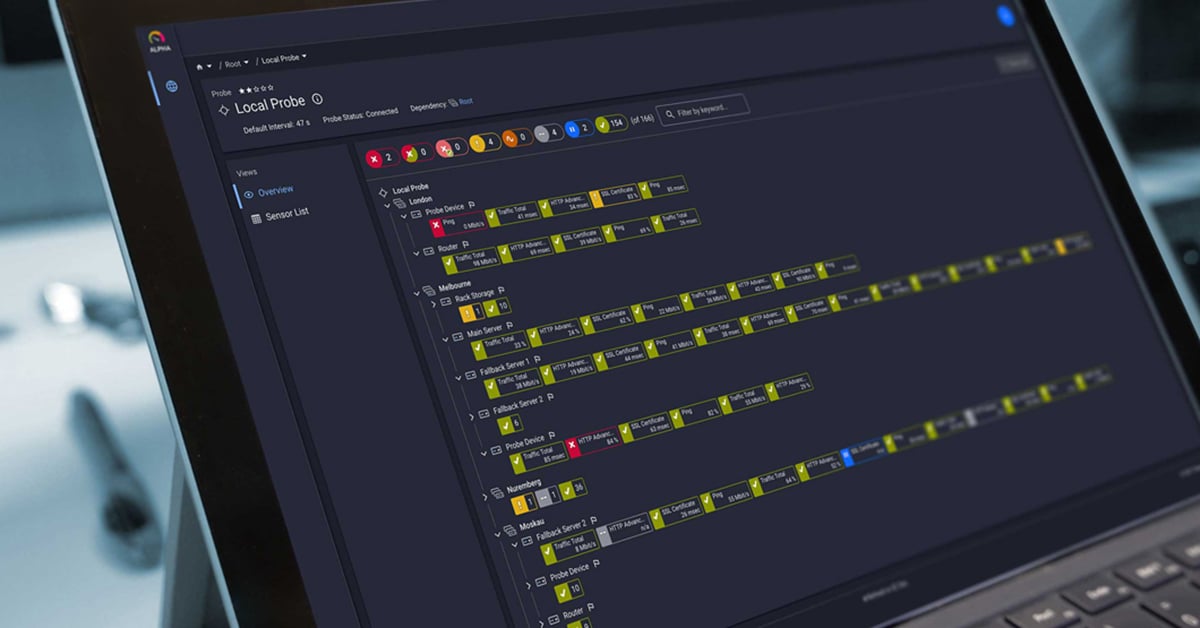Active Directory (AD) is the backbone of most enterprise IT environments, managing authentication, permissions, and access control for thousands of users and devices. When Active Directory experiences issues, the impact can be immediate and severe. From account lockouts preventing employees from working to replication failures that compromise your entire domain infrastructure. For system administrators, effective Active Directory monitoring isn't just a best practice; it's essential for keeping your organization running smoothly.
The challenge is that monitoring Active Directory properly requires visibility into multiple layers. You're dealing with domain controllers, replication status, DNS health, authentication attempts, Group Policy Objects, and security events all at once. Miss one piece of the puzzle, and you could be troubleshooting a user access issue for hours when a simple monitoring alert could have caught it in minutes.
Understanding What You Need to Monitor in Your AD Environment
Before diving into how to monitor Active Directory, let's talk about what actually matters. Your Active Directory environment has several critical components that need constant attention.
Domain controller health is your first priority. These servers handle authentication requests, replicate directory changes, and maintain the consistency of your Active Directory database. If a domain controller goes down or starts experiencing performance issues, users can't log in, Group Policy updates fail to apply, and your IT infrastructure grinds to a halt. You need real-time monitoring of CPU usage, memory consumption, disk space, and network connectivity on every domain controller in your environment.
Replication is where things get interesting. Active Directory uses multi-master replication, meaning changes can occur on any domain controller and must propagate to all others. When replication breaks down, you end up with inconsistent data across your domain. A user might change their password on one domain controller but still be locked out when authenticating against another. Monitoring replication status between all domain controllers is critical for catching these issues before they cascade into bigger problems.
DNS is often the culprit when Active Directory starts acting weird. Since AD relies heavily on DNS for domain controller discovery and service location records, DNS inconsistencies can prevent authentication and replication. You need to track DNS zone health, ensure SRV records are correctly registered, and verify that domain controllers can resolve each other's names.
Security monitoring deserves its own attention. Account lockouts, failed authentication attempts, unauthorized access attempts, and changes to privileged accounts all generate event log entries that you need to capture and analyze. Event ID 4740 tracks account lockouts, while Event ID 4625 shows failed logon attempts. These events can indicate everything from forgotten passwords to active brute force attacks against your directory service.
How PRTG Simplifies Active Directory Monitoring
PRTG Network Monitor gives you comprehensive monitoring of your Active Directory environment without requiring you to piece together multiple tools or write complex scripts. The platform includes native sensors specifically designed for monitoring Microsoft Active Directory infrastructure, along with the flexibility to create custom monitoring solutions for your unique requirements.
The Active Directory Replication Errors sensor is your go-to tool for keeping tabs on replication health. This sensor checks domain controllers for replication errors and alerts you immediately when something goes wrong. You don't need to manually run repadmin commands or parse event logs—PRTG does the heavy lifting and presents the information in an easy-to-understand dashboard. The sensor requires that your PRTG probe system is part of the domain you're monitoring, and it works by querying the domain controller directly for replication status.
For Windows Server and domain controller health monitoring, PRTG offers multiple sensors that track critical metrics. The WMI Event Log sensor can monitor specific Windows event logs for Active Directory-related events. You can filter for particular event IDs, sources, or categories, making it easy to create targeted monitors for account lockouts, authentication failures, or Group Policy errors. The sensor supports monitoring the Application, System, Security, Directory Service, DNS Server, and File Replication Service logs.
WMI-based sensors give you detailed insights into domain controller performance. The WMI Logical Disk I/O sensor tracks disk performance on your domain controllers, while the Windows CPU Load sensor monitors processor utilization. These metrics are crucial because domain controller performance directly impacts authentication speed and user experience. If your domain controller is struggling with high CPU or disk I/O, users will experience slow logons and application delays.
PowerShell sensors provide additional flexibility for monitoring Active Directory-specific metrics. PRTG's EXE/Script sensor can run PowerShell scripts that query Active Directory for custom information, such as counting users in specific security groups, tracking disabled accounts, or monitoring password expiration policies. The PRTG Sensor Hub includes community-contributed scripts specifically designed for Active Directory monitoring, including sensors that track AD group membership and monitor locked-out users.
Real-World Use Cases for Active Directory Monitoring with PRTG
Let's look at how Active Directory monitoring with PRTG solves actual problems that sysadmins face every day.
Catching Replication Failures Before They Become Disasters
Imagine you have a multi-site environment with domain controllers in different geographic locations. One Friday evening, a network issue causes replication to fail between your headquarters and a branch office. Without monitoring, this problem might not surface until Monday morning when users at the branch office can't access recently created accounts or updated Group Policy settings.
With PRTG's Active Directory Replication Errors sensor monitoring each domain controller, you get an immediate alert when replication fails. The notification wakes you up Friday night instead of Monday morning, and you can investigate whether it's a temporary network glitch or something that needs immediate attention. You check the sensor's detailed information, see which naming contexts are affected, and use that information to quickly isolate whether the issue is network connectivity, DNS, or an actual directory service problem. By Monday morning, replication is back on track and users never know there was an issue.
Identifying Security Threats Through Authentication Monitoring
Account lockouts can indicate anything from a user who forgot their password to an active brute force attack. PRTG helps you distinguish between the two. By setting up WMI Event Log sensors filtered for Event ID 4740 (account lockout) and Event ID 4625 (failed logon attempts), you can track authentication failures in real time.
When a sensor triggers, you get detailed information about which account was locked out and which computer triggered the lockout. This information, available directly from the event log data that PRTG collects, lets you quickly determine if it's a legitimate user issue or a potential security breach. If you see hundreds of failed authentication attempts from a single source IP, you know you're dealing with a possible attack and can take appropriate action immediately rather than discovering it days later during a routine security audit.
Preventing Domain Controller Performance Issues
A manufacturing company running SAP relies on Active Directory for authentication across their entire operation. When their primary domain controller started experiencing high CPU utilization, authentication requests began timing out, and production systems started failing. The problem was intermittent, making it difficult to catch.
PRTG's comprehensive monitoring approach tracks not just that the domain controller is online, but how it's performing. Sensors monitoring CPU load, memory usage, and disk I/O show performance trends over time. By setting appropriate thresholds, administrators receive warnings when domain controller performance degrades before it impacts users. In this scenario, trending data from PRTG revealed that the high CPU usage correlated with a scheduled task that was running inefficient LDAP queries. The task was rescheduled to off-peak hours, and domain controller performance returned to normal.
Extending Your Monitoring Beyond Active Directory
While Active Directory is critical, it doesn't exist in isolation. PRTG's unified monitoring approach means you can monitor AD alongside all the other infrastructure components that support it.
DNS monitoring is essential because Active Directory depends on DNS for proper operation. Use PRTG's DNS sensors to verify that DNS servers are responding correctly and that critical SRV records exist. Network monitoring sensors track the connectivity between domain controllers, helping you identify network issues before they cause replication failures. Database monitoring can track the health of SQL servers or other databases that your applications use in conjunction with Active Directory for authentication.
For organizations using hybrid environments with both on-premises Active Directory and Azure AD (now Microsoft Entra ID), PRTG can monitor both environments from a single platform. While PRTG doesn't have native Azure AD sensors, you can use API-based sensors or custom PowerShell scripts to query Azure AD for health metrics and integrate that data with your on-premises monitoring.
The power of PRTG's approach is that you're not juggling multiple monitoring tools with different interfaces and alert mechanisms. Your Active Directory monitoring, network monitoring, server monitoring, and application monitoring all feed into the same dashboards and notification system. When an authentication issue occurs, you can quickly correlate it with network latency, domain controller performance, or application-specific problems without switching between tools.
Frequently Asked Questions
What's the difference between monitoring Active Directory with Event Viewer versus PRTG?
Event Viewer on domain controllers shows you what happened after the fact, but you need to manually check each domain controller's logs and know exactly which event IDs to look for. PRTG actively monitors these event logs across all your domain controllers simultaneously, filters for the events you care about, and sends automatic notifications when issues occur. You get the same event information, but with automation, alerting, and historical trending that Event Viewer alone can't provide. Plus, PRTG correlates AD events with performance metrics and network status, giving you context that helps troubleshooting go faster.
Can PRTG monitor Active Directory without requiring domain admin credentials?
PRTG sensors that use WMI require credentials with sufficient permissions to query the data you're monitoring. For most Active Directory monitoring tasks, you need credentials with administrator rights on the domain controllers. However, you don't necessarily need full domain admin rights for all sensors. The principle of least privilege applies—grant PRTG service accounts the minimum permissions needed for the specific monitoring tasks you're performing. For example, monitoring event logs requires different permissions than checking replication status. The PRTG manual provides specific permission requirements for each sensor type.
How does PRTG handle monitoring in multi-domain Active Directory forests?
PRTG can monitor multiple domains within a forest by using remote probes or by configuring the appropriate trust relationships and credentials. Each domain can have its own set of sensors monitoring domain controllers, replication, and security events. The key requirement for the Active Directory Replication Errors sensor is that the PRTG probe system must be a member of the domain it's monitoring. For multi-domain environments, you might deploy remote probes in each domain or use a single probe with proper trust relationships configured. All monitoring data flows back to the central PRTG server, giving you unified visibility across your entire forest from one dashboard.
Conclusion
Active Directory monitoring doesn't have to be a complicated maze of scripts, manual checks, and reactive troubleshooting. With PRTG, you get comprehensive visibility into your AD environment—domain controller health, replication status, authentication events, and performance metrics—all from a single monitoring platform. The combination of native Active Directory sensors, flexible PowerShell integration, and the ability to monitor your entire IT infrastructure alongside AD makes PRTG an ideal choice for system administrators who want to spend less time fighting fires and more time on strategic IT initiatives.
Whether you're managing a small business with a single domain or a complex enterprise environment with multiple forests and hundreds of domain controllers, PRTG scales to meet your needs. The real value comes not just from knowing when something goes wrong, but from having the detailed, contextual information you need to fix it quickly.
Ready to see how PRTG can transform your Active Directory monitoring? Download your free 30-day trial and start monitoring your domain controllers in minutes.
 Published by
Published by 












